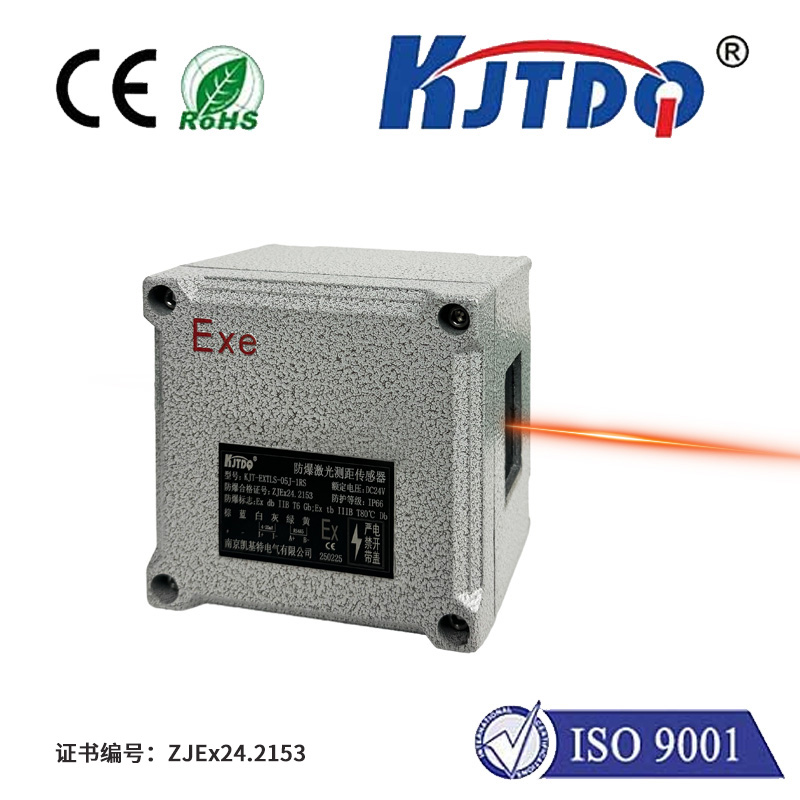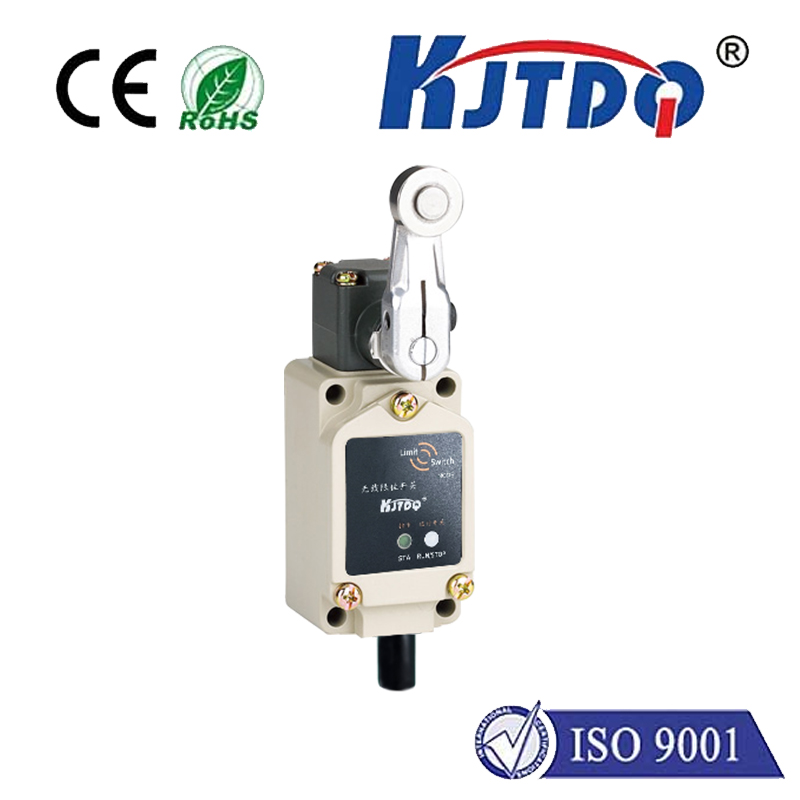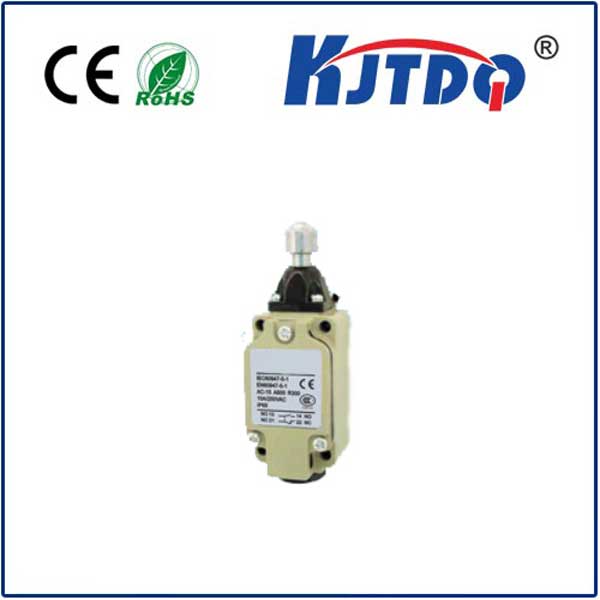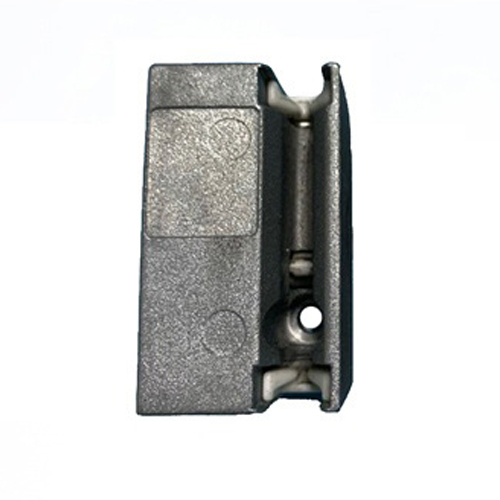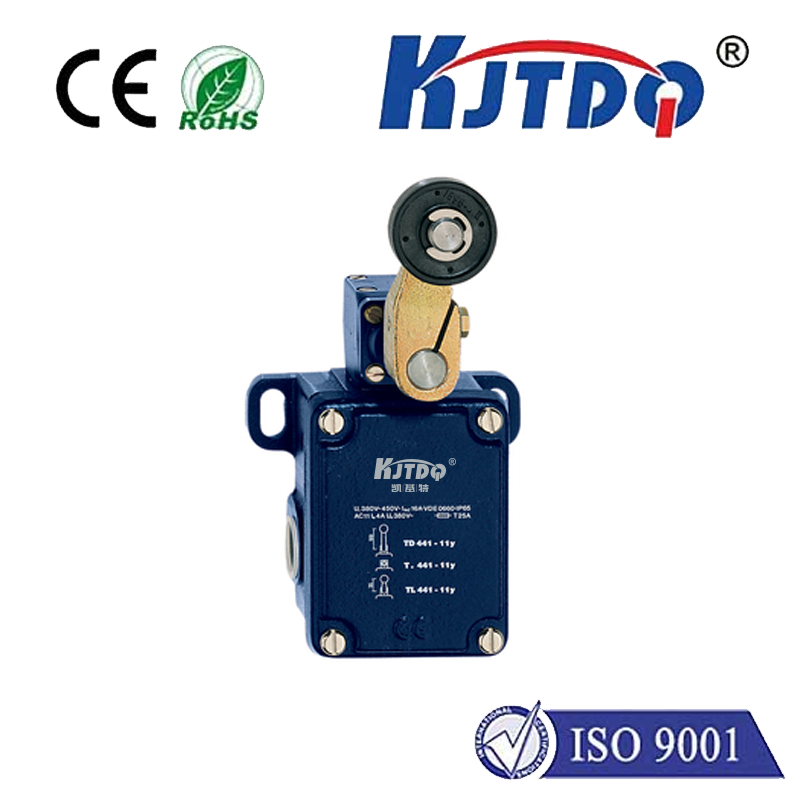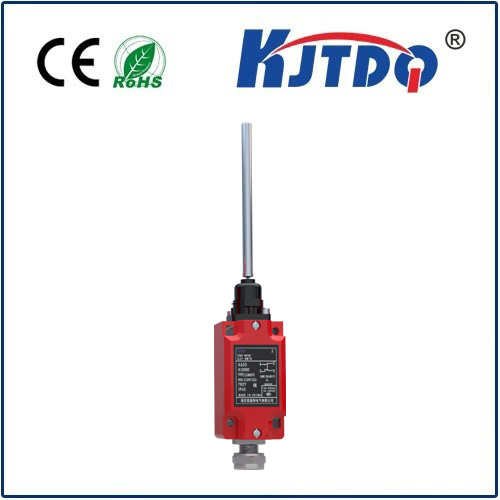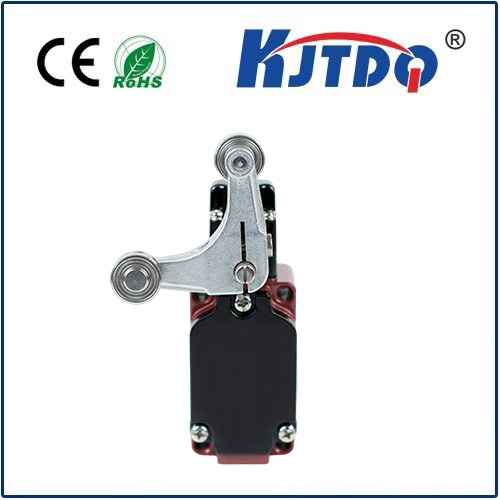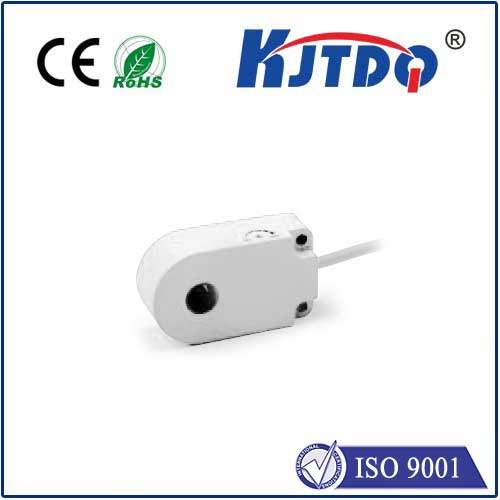proximity sensor optical
- time:2025-09-09 02:56:11
- Нажмите:0
Optical Proximity Sensors: The Invisible Eyes Powering Modern Interaction
Imagine your smartphone screen instantly dimming as you raise it to your ear during a call. Picture an industrial robot arm halting millimeters before accidentally crushing a component. Envision a sleek touchless soap dispenser activating the moment you wave your hand near it. These seemingly magical interactions share a common, crucial component: the optical proximity sensor. More than just a switch, this unassuming device acts as a digital sentinel, detecting presence without physical touch, fundamentally changing how we interact with machines and electronics.
Decoding the “Optical” Aspect: Light as the Messenger
At its core, an optical proximity sensor operates on a simple yet brilliant principle: it uses light to detect the presence, absence, or distance of an object. Unlike capacitive sensors (which detect changes in an electrical field) or inductive sensors (suited for metals using magnetic fields), the optical proximity sensor relies entirely on photons. This makes it incredibly versatile, capable of detecting a vast range of materials – from skin and plastic to wood and fabric – as long as they interact with light in a measurable way.
How the Invisible Handshake Works: IR Light & Reflection
The most common implementation involves an infrared (IR) light-emitting diode (LED) and a light-sensitive receiver, typically a photodiode or phototransistor. Here’s the elegant interplay:

- Emission: The sensor emits a beam of invisible infrared light from its IR LED. This wavelength is chosen specifically because it’s outside the visible spectrum for humans and minimizes interference from ambient light.
- Reflection (or Lack Thereof): If an object is present within the sensor’s detection range, some of this emitted IR light will reflect off the object’s surface.
- Detection: The photodetector acts as the receiver. It constantly monitors the environment for IR light. When an object reflects the emitted beam back towards the sensor, the photodetector registers an increase in received IR intensity.
- Signal Processing: An integrated circuit analyzes the signal from the photodetector. When the reflected light intensity surpasses a predefined threshold, the sensor’s output signal changes state (e.g., from low to high voltage), indicating the presence of an object.
Crucially, the sensor is designed to primarily respond to its own emitted light, filtering out constant background illumination. Advanced models often use modulated light signals and sophisticated filtering techniques to distinguish their signal from ambient IR sources like sunlight or artificial lighting, ensuring reliable operation.
Why Optics? Key Advantages Driving Adoption
The dominance of optical proximity sensors in countless applications isn’t accidental. They offer compelling benefits:
- Non-Contact Sensing: The primary advantage. Detection occurs without physical touch, eliminating wear and tear and enabling hygiene-critical applications (touchless faucets, sanitizer dispensers).
- Material Versatility: Can detect almost any solid object that reflects IR light, unlike inductive sensors limited to metals.
- Relatively Simple Design & Cost-Effectiveness: The basic components (IR LED, photodetector, simple circuitry) are mature and cost-effective for mass production.
- Fast Response Time: Light travels fast! These sensors react almost instantaneously to changes in proximity.
- Compact Size: Modern designs, especially surface-mount devices (SMD), are incredibly tiny, fitting seamlessly into space-constrained devices like smartphones and wearables.
- Precise Short-Range Detection: Excelling at detecting objects within a few centimeters to a few tens of centimeters – perfect for user interaction and collision avoidance in compact spaces.
Powering Everyday Magic: Ubiquitous Applications
The impact of optical proximity sensors is profound and far-reaching:
- Consumer Electronics (The Obvious Star):
- Smartphones & Tablets: The quintessential application. Responsible for screen blanking during calls (saving power and preventing accidental touches) and enabling features like “Raise to Wake”. Also used for automatic brightness adjustment in some implementations.
- Laptops: Detecting when the lid is closed to trigger sleep mode.
- Wearables: Detecting when a smartwatch is worn on the wrist to activate the display or enable health monitoring features.
- Home & Building Automation:
- Touchless Fixtures: Faucets, soap dispensers, hand dryers, paper towel dispensers – promoting hygiene and convenience.
- Lighting Control: Automatically turning lights on when someone enters a room and off when the room is vacant.
- Intrusion Detection: Used in some security systems to detect movement near windows or doors.
- Industrial Automation & Robotics:
- Object Detection & Counting: Verifying the presence of parts on a conveyor belt, counting items.
- Collision Avoidance: Ensuring robotic arms stop before impacting machinery, workpieces, or personnel in close quarters. Proximity sensing is critical for safe human-robot collaboration.
- Position Verification: Confirming the correct placement of components during assembly.
- Machine Guarding: Triggering safety stops when personnel enter hazardous zones.
- Automotive:
- Occupancy Detection: Sensing if a passenger is seated for airbag control.
- Gesture Control: Enabling touchless control of infotainment systems (e.g., wave to skip a song).
- Lane Departure Warning (Some Systems): Can be part of sensing vehicle proximity to lane markings.
- Automatic Trunk Opening: Kicking under the bumper to open the trunk.
Design Nuances: Considerations for Optimal Performance
While powerful, deploying optical proximity sensors effectively requires attention to detail:
- Ambient Light Immunity: Robust design must account for varying light conditions. Modulation and optical filters are key. Sensors need to ignore sunlight or bright room lights.
- Object Properties: Highly reflective objects are easier to detect than dark, matte, or transparent ones (like clear glass), which absorb or transmit most IR light. Sensor range and sensitivity settings must be chosen accordingly.
- Cover Material: In devices like phones, the sensor sits behind the screen glass or bezel. This material must be transparent or transmissive to the specific IR wavelength used. Calibration is essential to compensate for the cover’s properties.
- Orientation & Alignment: Precise positioning of the emitter and detector relative to each other and the target area is critical for reliable reflection-based detection.
- Power Consumption: Important for battery-powered devices. Many sensors feature low-power modes triggered by the proximity detection itself (e.g., waking a phone only when near the ear).
The Future Looks Clear (and Sensed)
Optical proximity sensor technology continues to evolve. Integration with other sensors (like ambient light sensors) into multi-function modules is common. Advancements in LED efficiency, photodetector sensitivity, and integrated signal processing chips enable smaller, more power-efficient, and more robust sensors. As devices demand more intuitive, touchless interaction and heightened awareness of their surroundings, the role of these optical sentinels will only become more indispensable. They are the unseen guardians and facilitators, quietly shaping our seamless interaction with an increasingly intelligent world.

